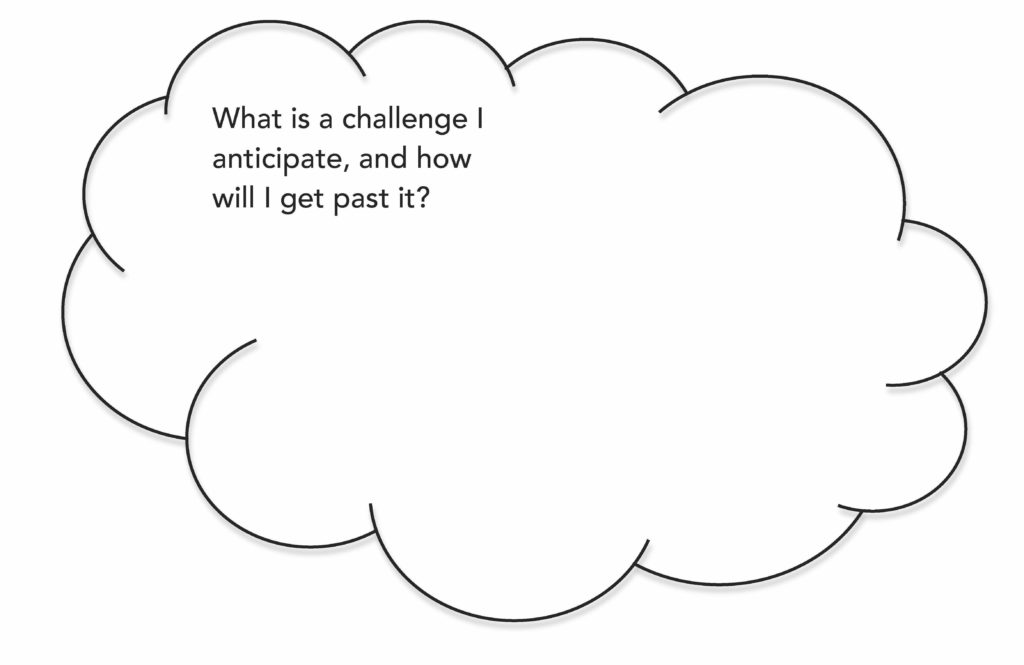Handouts
By now you may already be able to answer this question: What is something that all handouts from an event with a Transformational Facilitator have in common?
If you answered, “They are interactive,” you are correct, and are picking up on the underlying foundation of what makes transformational facilitation what it is – anything but passive.
If this is not totally clear to you yet, if you are wondering what I mean by making your handouts “interactive,” if you are confused about what that could look like, not to worry! I’m here to explain.
At the most basic level, “interactive” means leaving space on the handouts for people to take notes. This one is pretty easy. If you’re using a PowerPoint, for example, you could simply print out the slides in the notes format, and viola, done! But, because you’re a transformative facilitator, there’s a good chance you are not using a PowerPoint. So maybe it looks like printing out an agenda that has space beneath each item for participants to take notes. Or even just blank sheets of note paper with the word “Notes” at the top. It’s a start.
At a slightly more intentional level, however, interactivity might look more like an exam or workbook. It might have questions that you plan to ask participants in, say, a pair-share, pre-printed along with thought or caption bubbles meant for participants to write responses in, as in this example.
The idea is that the handouts are not just informative, but invite participants to respond to them. They become a facilitative tool, rather than just a set of agenda items, lists, or data. Perhaps most importantly, they are just as much created by the participant, as they are by you as the facilitator. If you put in time to create them, then let participants have equal amounts of time to create their share.
At this point you may be wondering why interactivity is important in Transformative Facilitation. Why does it matter whether people have a place to write down their thoughts? Why is the page asking questions? Why is it inviting responses?
The simple answer here is because all tools, (in this case handouts), at an event that is aiming to be transformative must be transformative from all angles, at all times. Every participants should be fully engaged for as much time as is possible during the session. This does not just include things happening temporally during the session. It also includes the collateral parts of the session that support participants. Like handouts.
Handouts are something I, myself, am still working on improving in my own work. Making them look good, inviting as much creativity as possible (drawing space!), making them truly feel like they are not just a piece of paper, but a living, breathing document that is integral to the session content and participants’ experience of it – that is what I am always thinking about as I prepare my handouts.
And I should mention that handouts don’t always need to be a piece of paper. If you are trying to spare the environment, these could, of course, be online, which can offer an even higher level of interactivity, as in multiple people chiming in on a shared online document simultaneously. And even when they are on or made of paper, they don’t have to be flat. They can (and should!) be of various shapes, sizes, and paper thicknesses. I try to switch it up – half sheets on cardstock, a bright pink sheet, a little booklet. How about using a postcard?
So here’s my challenge to you for this post: The next time you are planning a workshop, event, or meeting, take a few extra minutes to think more creatively about the handouts you will distribute. How can you make them more interactive, useful, and meaningful? How can the handout truly become part of the learning?
Then tell me about it, because I’m thinking about this right along with you now, too!
